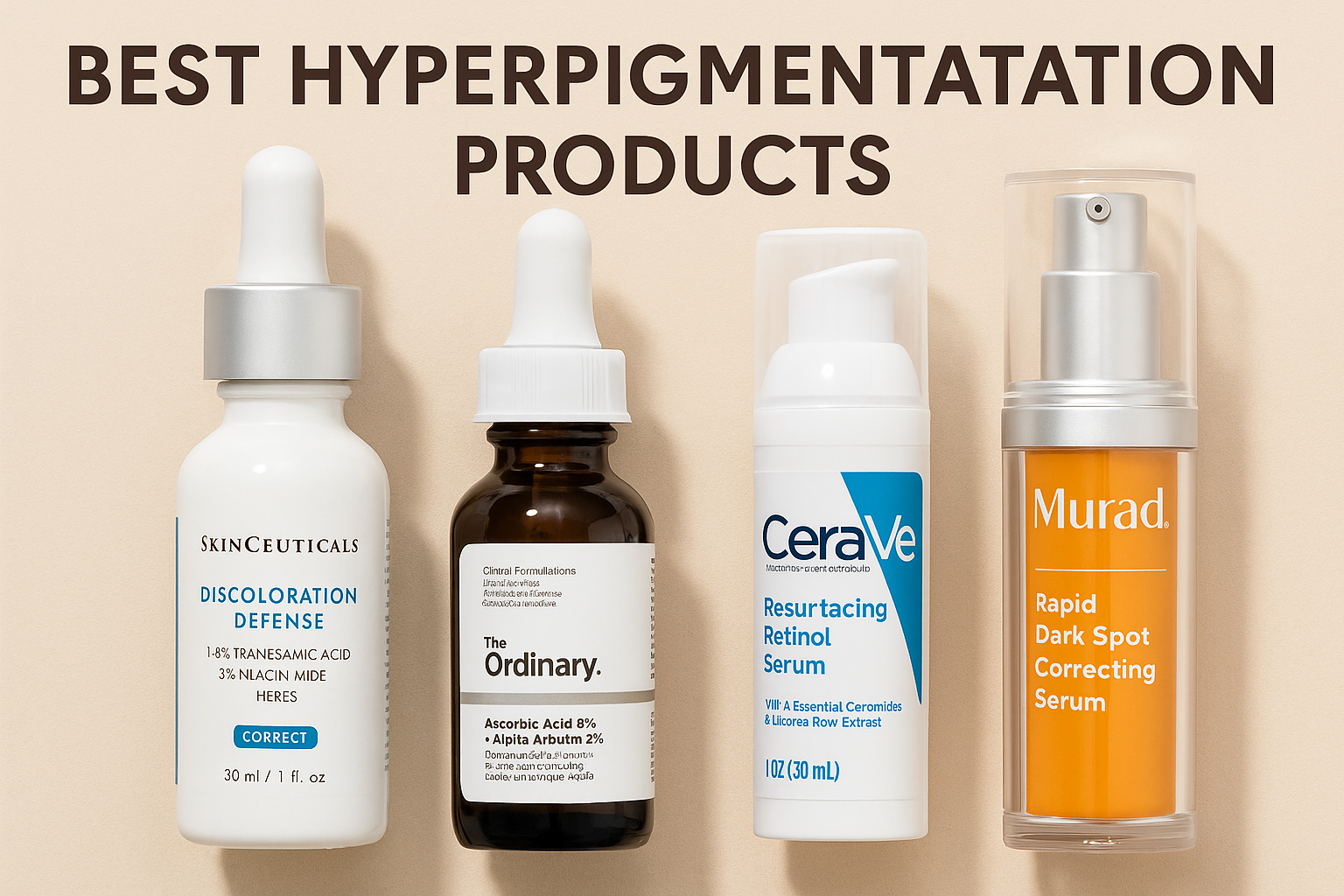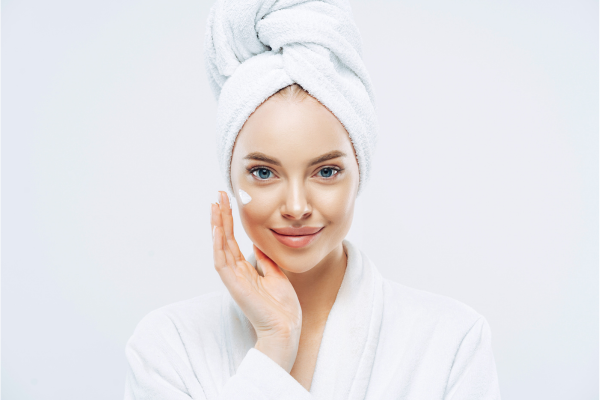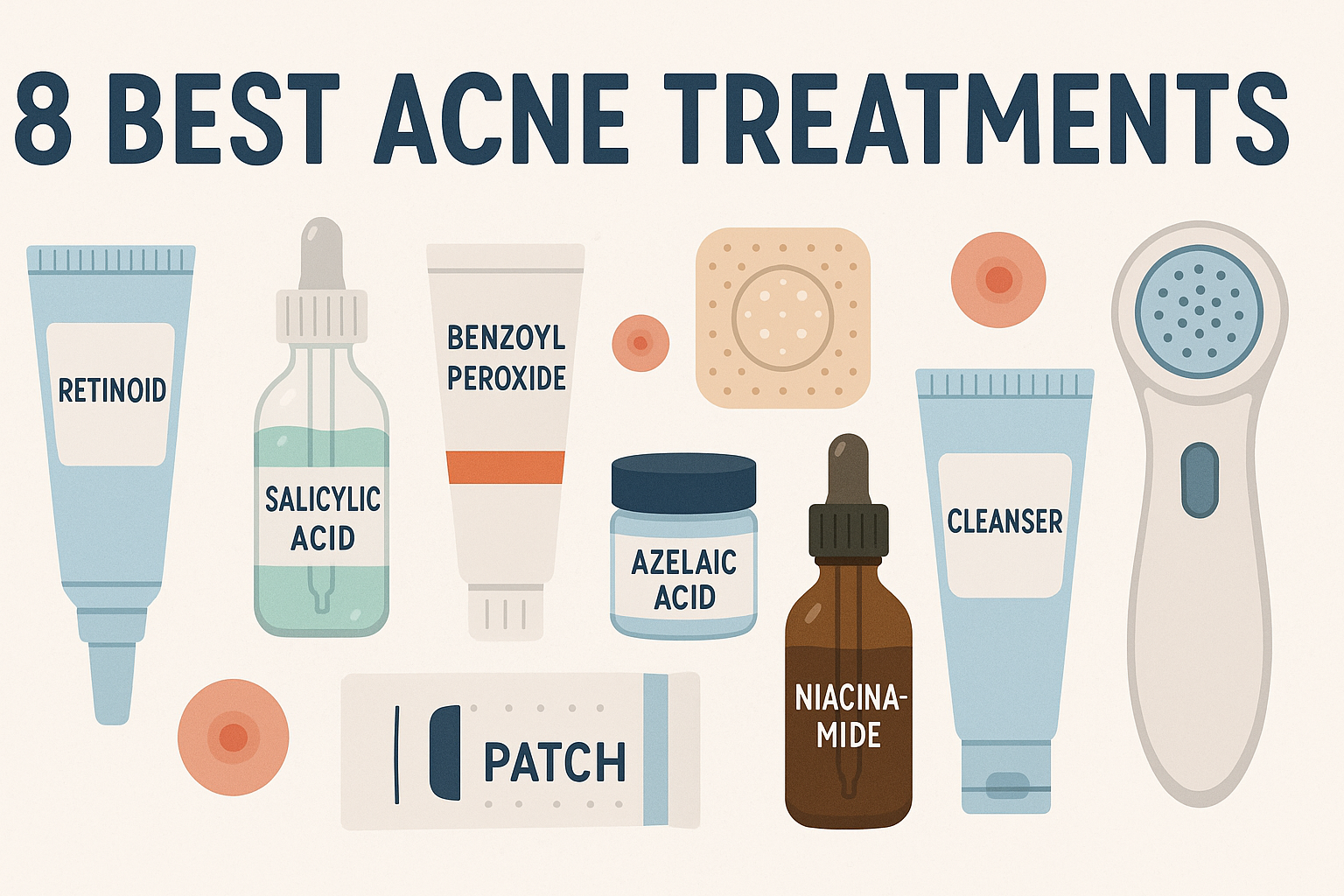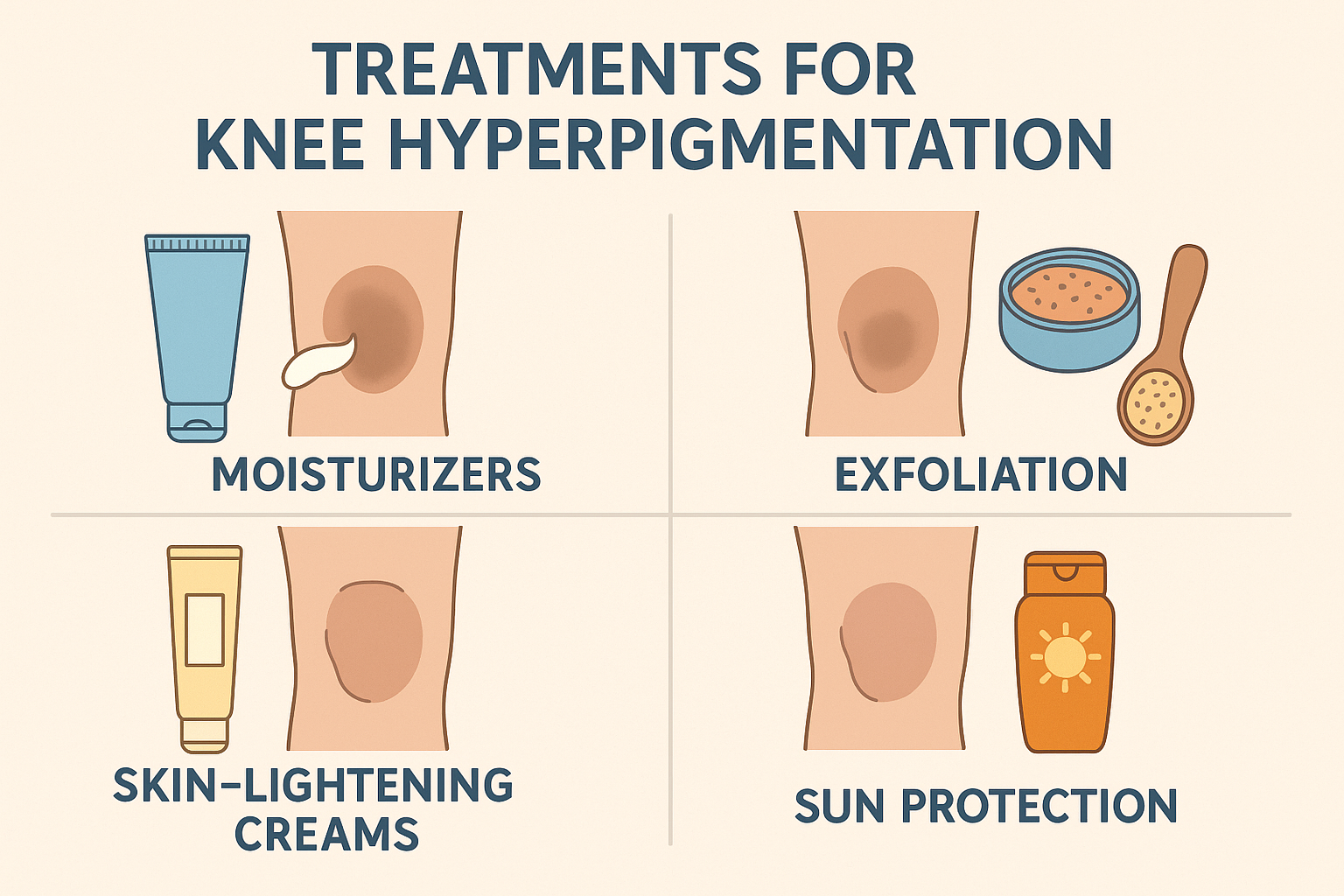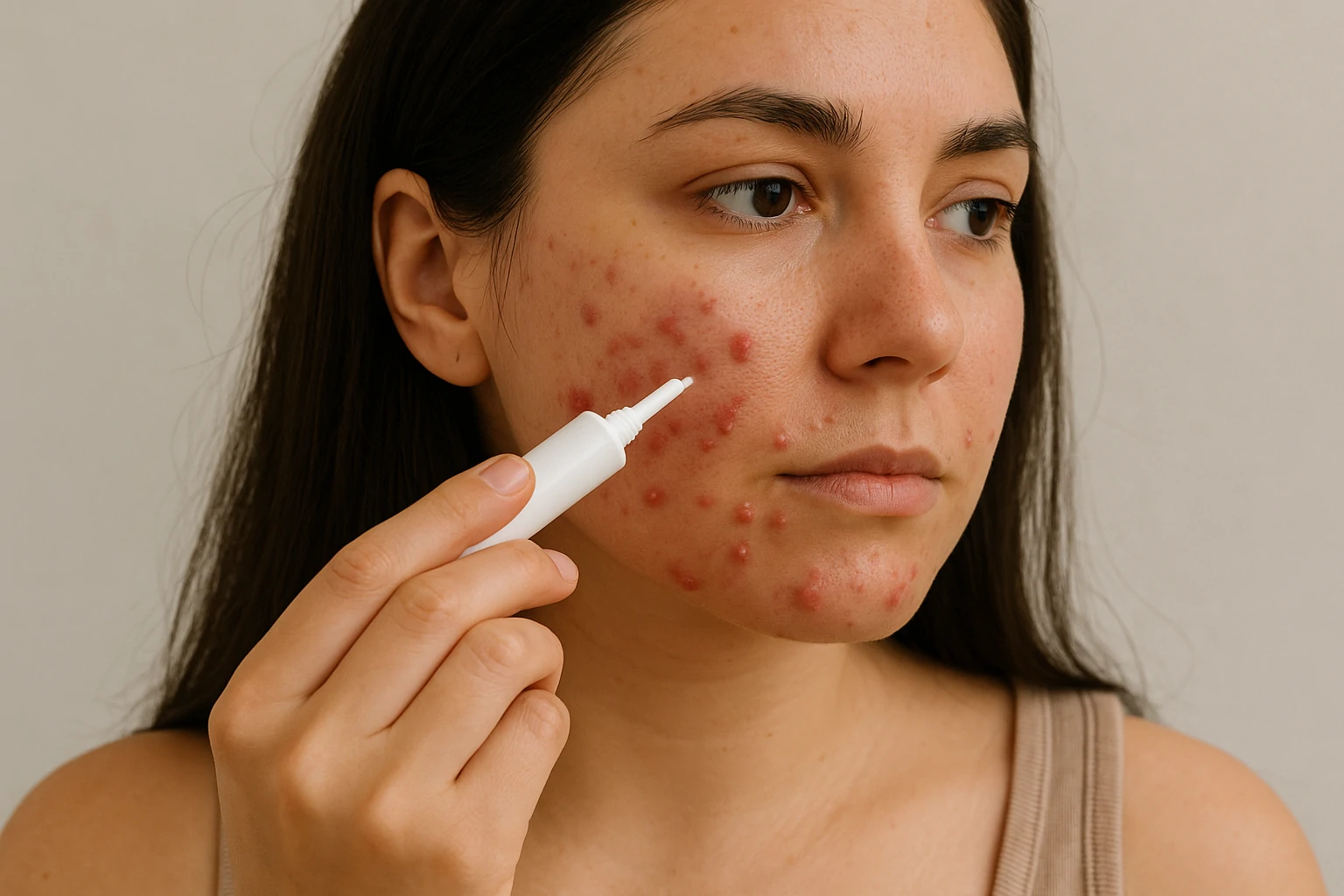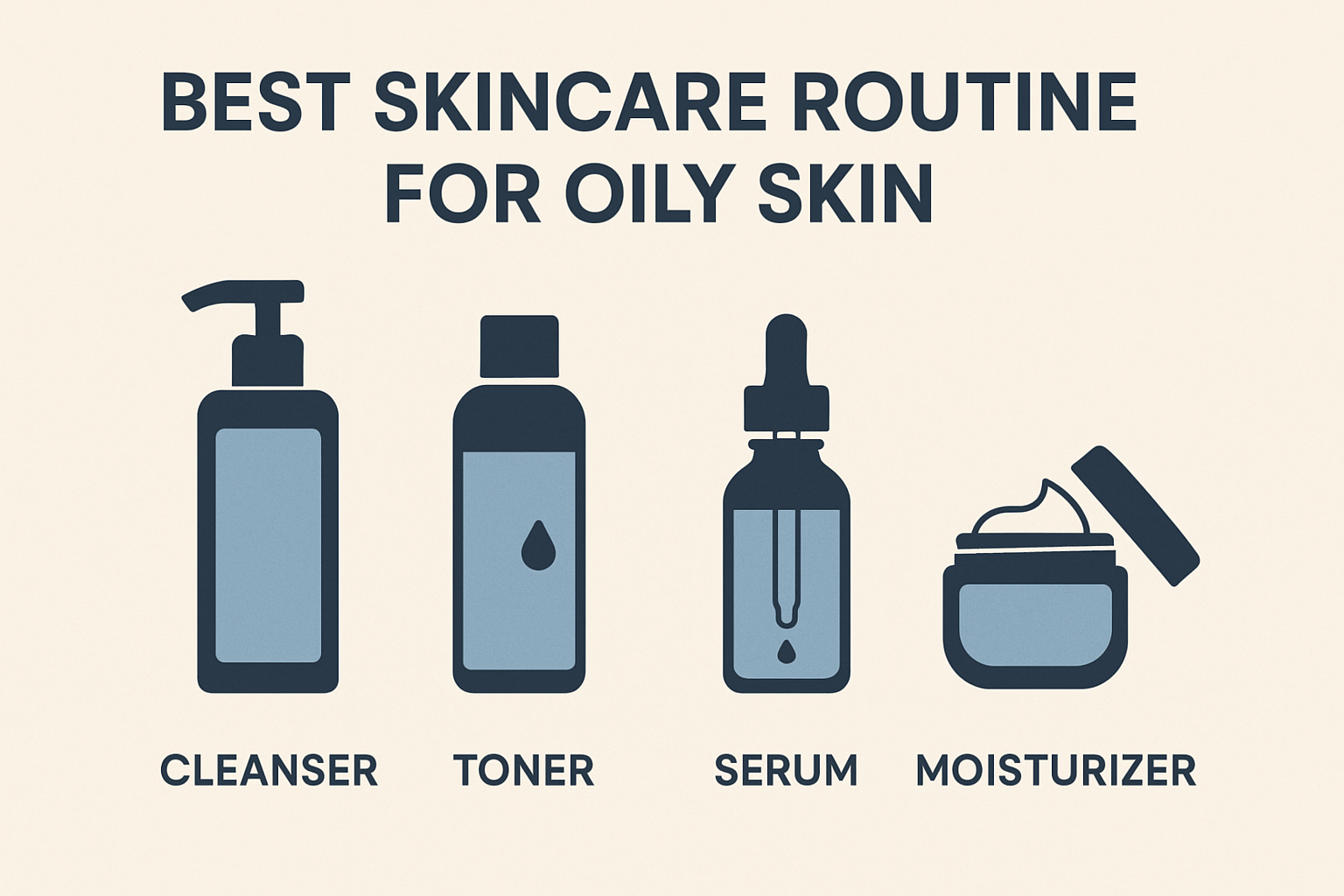How to Use Azelaic Acid for Glowing, Even-Toned Skin

Azelaic acid is a powerful multitasking ingredient known for its skin-brightening, acne-fighting, and tone-evening benefits. If you’re new to skincare and looking for a gentle yet effective solution, this ingredient is worth considering.
As a mild exfoliant, azelaic acid helps clear away dead skin cells, unclog pores, and smoothen uneven skin texture. Dermatologists also recommend it for its ability to reduce inflammation, calm redness, and fade stubborn post-acne marks and hyperpigmentation.
However, like any active ingredient, the key to success lies in proper usage. Overuse may cause dryness or irritation, especially for sensitive skin. That’s why it’s crucial to choose the right product and adjust the frequency to your skin type.
Dermatologists often favor azelaic acid for its excellent tolerance—even on sensitive or rosacea-prone skin. Whether you’re battling acne, dullness, or dark spots, it offers a low-risk solution that works with most skincare routines.
Ready to upgrade your routine? Keep reading to learn what azelaic acid is, how it works, and how to use it safely for radiant, even-toned skin.
What Is Azelaic Acid?
Azelaic acid is a naturally occurring dicarboxylic acid produced by yeast on the skin and found in grains like wheat and barley. It’s also synthetically made for stability in skincare products.
In dermatology, azelaic acid is celebrated for its gentle exfoliating properties and ability to treat multiple skin concerns at once. It helps clear clogged pores, reduce keratin buildup (which can lead to acne), and fight acne-causing bacteria.[1Bisht A, Hemrajani C, Upadhyay N, et al. Azelaic acid and Melaleuca alternifolia essential oil co-loaded vesicular carrier for combinational therapy of acne. Ther Deliv. 2021;10.4155/tde-2021-0059. doi:10.4155/tde-2021-0059.]
What sets azelaic acid apart is its anti-inflammatory and antioxidant benefits, making it a go-to for calming redness and irritation. It’s a versatile treatment for acne, rosacea, and hyperpigmentation.
You can find it in creams, gels, and foams. Creams and gels work best for facial use, while foam is ideal for treating larger areas like the back. Over-the-counter options typically contain 10% or less, while prescription-strength formulas range from 15% to 20%.
Whether you’re starting out or need a dermatologist-recommended solution, azelaic acid fits well into most skincare routines—without overwhelming your skin.
Key Benefits of Azelaic Acid for Your Skin
Azelaic acid is a favorite among dermatologists for its gentle yet powerful action on common skin issues. Ideal for beginners, it targets multiple concerns without harsh side effects.
Here are the top benefits:
- Brightens dull skin: By exfoliating dead skin cells and reducing excess oil, it reveals a clearer, more radiant complexion.[2Chilicka K, Rogowska AM, Szyguła R, Dzieńdziora-Urbińska I, Taradaj J. A comparison of the effectiveness of azelaic and pyruvic acid peels in the treatment of female adult acne: a randomized controlled trial. Sci Rep. 2020;10(1):12612. doi:10.1038/s41598-020-69530-w.]
- Fights acne: It kills acne-causing bacteria (P. acnes) and prevents breakouts without over-drying the skin.
- Calms inflammation: Reduces redness and swelling, especially helpful for acne and rosacea.[3Schulte BC, Wu W, Rosen T. Azelaic acid: evidence-based update on mechanism of action and clinical application. J Drugs Dermatol. 2015;14(9):964-968.]
- Evens skin tone: Inhibits melanin production to fade dark spots, melasma, and post-acne marks.
- Safe for sensitive skin: Its non-irritating formula makes it a great choice for people with reactive or rosacea-prone skin.
- Pregnancy-safe: Many doctors consider azelaic acid safe to use during pregnancy to treat hormonal acne and discoloration.
- Hair loss potential: Some studies suggest it may support hair regrowth by soothing follicular inflammation.
Its gentle nature and broad benefits make it a must-have for anyone building a beginner-friendly skincare routine.
Azelaic Acid Side Effects: What to Expect
While azelaic acid is known for being gentle, mild side effects can still occur, especially when you first start using it. You might notice a slight tingling, burning, or itching sensation—this is usually temporary and often fades as your skin adjusts.[4Hashim PW, Chen T, Harper JC, Kircik LH. The efficacy and safety of azelaic acid 15% foam in the treatment of facial acne vulgaris. J Drugs Dermatol. 2018;17(6):641-645.]
More serious side effects, like facial swelling, difficulty breathing, or widespread rash, are rare and may indicate an allergic reaction. If this happens, stop using the product and seek medical advice right away.
According to dermatologists, azelaic acid has one of the lowest irritation rates among active ingredients. That’s why it’s often recommended for sensitive skin or those new to chemical exfoliants.
To reduce the risk of irritation, start slow—especially if you’re using other actives like retinol or acids. Always patch-test new products before applying them to your full face.
With the right approach, azelaic acid can safely enhance your skin health without compromising comfort.
Step-by-Step: How to Use Azelaic Acid in Your Routine
To use azelaic acid effectively, always start with a clean, dry face. Apply a small amount—about a pea-sized drop—once or twice daily. If you’re new to actives or have sensitive skin, begin with every other night to build tolerance.
You can choose between gels, creams, or foams depending on your skin needs. Gels and creams are ideal for the face, while foams suit larger areas like the back or chest.
Recommended beginner-friendly options:
- The Ordinary Azelaic Acid 10% Suspension
- Paula’s Choice 10% Azelaic Acid Booster
- SkinCeuticals Phyto A+ Brightening Treatment
If using alongside other actives (like AHA, BHA, or retinol), apply them first, wait a few minutes, then follow with azelaic acid. Always finish with a soothing moisturizer.
In the morning, don’t skip sunscreen (SPF 30 or higher). Sun protection is essential to prevent dark spots and preserve your skin’s glow.
With consistent use and the right steps, azelaic acid can help you achieve smoother, brighter skin—safely and effectively.
Step-by-Step Application Guide
Applying azelaic acid the right way is key to getting clear, even-toned skin—without the irritation. Follow these simple steps to build a beginner-friendly routine:
- Cleanse your skin: Start with a gentle face wash to remove dirt, oil, and sunscreen. Pat your face completely dry.
- Apply other actives first (if using): If your routine includes AHA, BHA, or retinol, use them before azelaic acid. Let them absorb for a few minutes.
- Apply azelaic acid: Use a pea-sized amount and spread it evenly across your face (and neck, if needed). Avoid the eyes and lips.
- Moisturize: Follow with a hydrating, non-comedogenic moisturizer to prevent dryness and support your skin barrier.
- Apply sunscreen in the morning: If you’re using azelaic acid during the day, finish with SPF 30 or higher.
For sensitive skin, start slowly—once a day or every other day. Gradually increase frequency as your skin builds tolerance.
By following this method, you’ll get the full benefits of azelaic acid while keeping your skin happy and healthy.
How to Prevent Irritation and Boost Your Results
To get the most out of azelaic acid—without redness or flaking—it’s important to use it wisely. Here are expert-backed tips for irritation-free results:
- Start slow: Begin with once a day or every other day, especially if your skin is sensitive or new to actives.
- Always apply to dry skin: Wait 10–15 minutes after cleansing before applying. Damp skin can increase stinging or burning sensations.
- Avoid harsh combinations early on: Don’t mix azelaic acid with strong actives like retinol or AHAs/BHAs right away. Introduce them gradually.
- Moisturize generously: Hydrating your skin helps reduce dryness, peeling, and inflammation—especially important if you’re using other actives too.
- Wear sunscreen daily: UV exposure can worsen pigmentation and increase sensitivity. SPF is non-negotiable when using azelaic acid.
- Patch test first: Apply a small amount behind the ear or on your jawline to check for any unusual reactions before full-face use.
Gentle, consistent use will give your skin the time it needs to adapt—so you get results without setbacks.
Top Azelaic Acid Skincare Products Worth Trying
Looking for the best azelaic acid products? These dermatologist-recommended options cater to different skin types and concerns—perfect for skincare beginners:
- The Ordinary Azelaic Acid Suspension 10%
A budget-friendly, fragrance-free formula that brightens and calms redness. Great starter pick. - Paula’s Choice 10% Azelaic Acid Booster
Includes salicylic acid and licorice root to fight breakouts and fade dark spots. Mixable with your favorite moisturizer. - SkinCeuticals Phyto A+ Brightening Treatment
Formulated with 3% azelaic acid and calming botanicals—ideal for sensitive or rosacea-prone skin. - Naturium Azelaic Topical Acid 10%
Boosted with niacinamide and vitamin C for enhanced glow and texture improvement. - Glytone Enhance Brightening Complex
Combines 12% azelaic acid with glycolic acid for targeting stubborn pigmentation and acne scars.
Each product offers unique benefits, so pick one based on your skin’s specific needs. When in doubt, consult a dermatologist to find the best fit for your routine.
Final Thought
Azelaic acid is more than just a trending ingredient—it’s a clinically backed solution for clearer, brighter, and more even-toned skin. Whether you’re struggling with breakouts, dark spots, or sensitivity, this gentle multitasker offers visible results with minimal risk.
For beginners, it’s a smart addition to any routine. Just remember to start slow, use it on clean, dry skin, and always pair it with a good moisturizer and SPF. Over time, consistency will deliver smoother texture, reduced redness, and a natural glow.
If you’re looking for one product to simplify your skincare journey, azelaic acid might be it. And with so many well-formulated options available, it’s easier than ever to find one that suits your skin type and goals.
Final thought? Give azelaic acid a try—it just might be the glow-up your skin has been waiting for.






 Acne
Acne Anti-Aging
Anti-Aging Business
Business Digital Marketing
Digital Marketing Economics
Economics Movies
Movies Personal Finance
Personal Finance Websites
Websites
